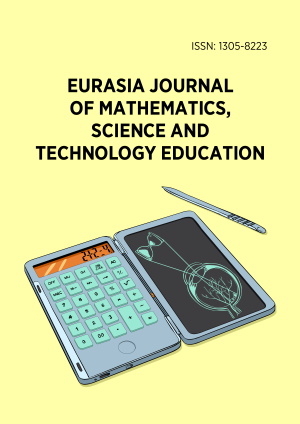Abstract
Curricula worldwide include Science Inquiry Skills (SIS), yet teachers face challenges in teaching these skills due to vague curriculum guidelines and limited resources. With limited research and guidance for teaching SIS, this study aimed to identify and understand the factors influencing practicing teachers to determine useful approaches for support. This qualitative study of 18 teachers working in Australian schools, took place during 2023. Data collection involved a survey study with open-ended questions, and thematic analysis, determined the enablers and inhibitors for teaching SIS. Enablers include other people, past experiences and varied resources, while inhibitors were inadequate curriculum guidance, insufficient resources and time constraints. The research suggests a range of strategies for supporting teachers in developing their skills to teach SIS and enhancing student learning. These findings could help improve teacher education, professional development and school leadership support, bridging the gap between curriculum expectations and classroom practices in teaching SIS. By addressing these challenges, educators can better equip students with the critical thinking and scientific inquiry skills necessary for informed decision-making in an increasingly complex world.
License
This is an open access article distributed under the Creative Commons Attribution License which permits unrestricted use, distribution, and reproduction in any medium, provided the original work is properly cited.
Article Type: Research Article
EURASIA J Math Sci Tech Ed, Volume 21, Issue 7, July 2025, Article No: em2670
https://doi.org/10.29333/ejmste/16614
Publication date: 16 Jul 2025
Article Views: 1973
Article Downloads: 1293
Open Access References How to cite this article
 Full Text (PDF)
Full Text (PDF)